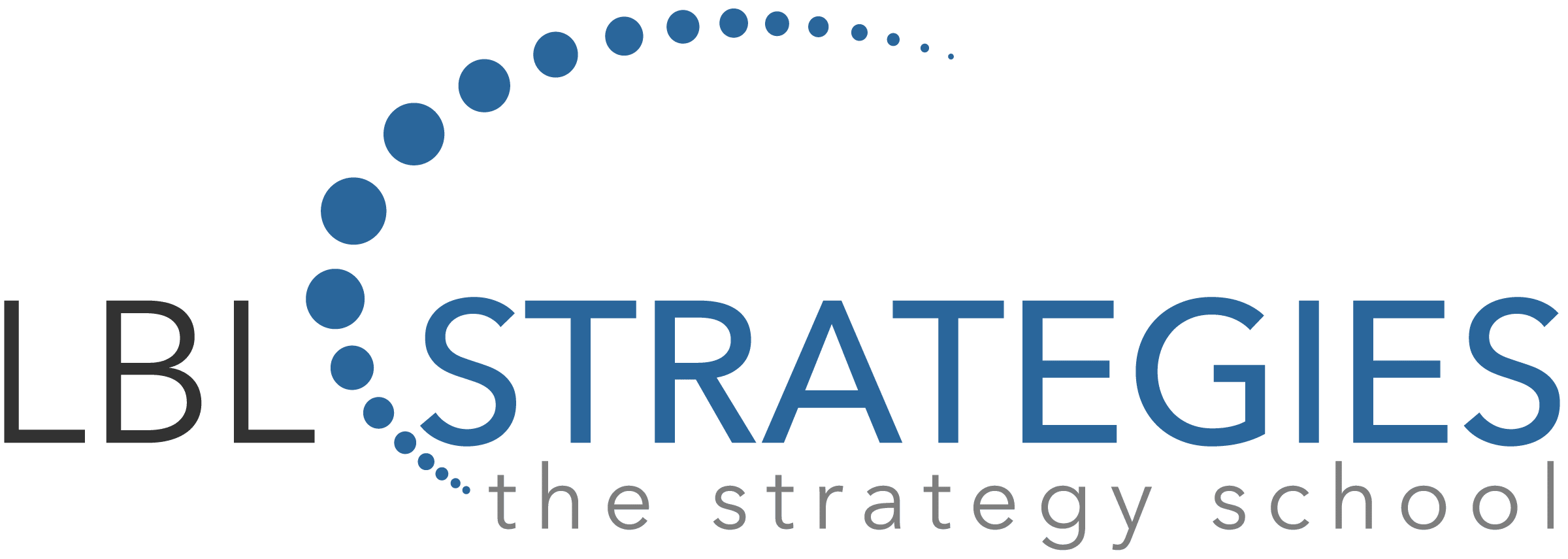It is always a celebratory moment when organizations finally have strategic objectives defined after the exhausting strategic planning process they have gone through. Oftentimes, though, staff jump directly to determining “what should we do to achieve those objectives?” and put all their energies into implementing selected projects. After a year or so, organizations find either that they can’t quantify their success or that they are executing projects which don’t move the needle. Actual implementation of a strategic operating plan works most effectively when all levels of the leadership team work together to further translate overall goal statements into success by defining measurable key performance indicators for each strategic objective included in the strategy deployment map.
[A key performance indicator (KPI) is a measure, for which the organization has data, that helps quantify the achievement of a desired strategic objective or outcome.]
Holding a brainstorming session with key stakeholders is one way to design KPIs. Including a designated facilitator is crucial to stimulate the discussions by asking questions like “What would you see, hear, feel or do if this objective’s outcome were actually happening?” “What differences would you notice, compared to now, if this result were actually happening?” Usually, a long list of candidates for indicators surfaces through a couple of hours of brainstorming. However, it would be a waste of time and resources to measure all of them, while some may provide distracting information that could drive attention away from strategic goals.
An important step in this process is to select 1-3 key indicators for each strategic objective. Our approach is to ask 6 questions for each potential indicator to filter out the wrong ones.
Is the indicator valid? Does this truly measure what it should, which is accomplishment of the objective? For example, to measure the objective of improving staff skills, “number of training courses offered” is not so valid of an indicator compared to “number of training courses taken by staff”.
Is the indicator valuable? Will it help the leadership team better understand what is truly happening?
Valuable indicators like “average cycle time from order to delivery” and “percent repeat business” enable the leadership to steer through the ups and downs of the business cycle that every organization experiences.
Is the indicator easy to track? Do the data already exist, or would it require a gargantuan or expensive effort to track the information? Customer satisfaction is always an indicator organizations want to track continuously, but not all of them can afford an annual survey effort.
Does the indicator hold the team to an appropriate level of accountability? For organizations in the agricultural sector, it is always nice to be aware of weather conditions. But external factors such as these with no internal influence are not good indicators to hold the team accountable.
Does the indicator communicate a positive message to the team? For example, staff retention sends a positive message to the workforce versus staff turnover, which sends a negative message.
Is it a leading or lagging indicator? Does it help predict in advance a desired organizational outcome by providing some leading indication, or does it lag behind, simply reporting on outcomes after the fact? Revenue, profit margin, and expenses are all great indicators to measure through a financial perspective. But they are lagging compared to indicators like “sales lead to close ratio” which predict the outcome in advance. Organizations should strive to design a balanced set of leading and lagging indicators for each objective.
Looking to learn more about KPIs? Enroll in our Mastering Strategy online certification program. For more information:

